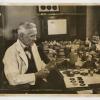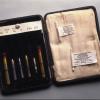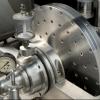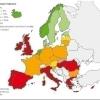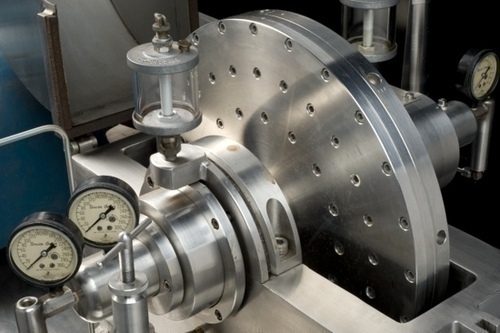The embargo that built an industry
The end of the Second World War did not end the tensions concerning research on antibiotics and their production; this time, however, they concerned the recent allies.
War-torn European countries desperately needed antibiotics to stop the spread of diseases. The immediate delivery of penicillin was provided by the United Nations Relief and Rehabilitation Administration (UNRRA), but as early as 1946, it offered one fully equipped penicillin plant to each of Poland, Czechoslovakia, Yugoslavia, Italy, and the Ukrainian and Belarusian republics. The plants were based on the first Canadian factory which was already obsolete.
The factories were to be launched by the end of 1946, but the deliveries were delayed, and a few years later a formal embargo was imposed on the countries from behind the Iron Curtain. The Americans were particularly concerned about one device, Podbielniak extractors, which were necessary for the efficient production of penicillin. These extractors were banned for export based on the assumption that they could be used to make biological weapons.
There was an unexpected side effect of the ban. The antibiotic industry in Eastern Europe developed independently based on original research and local resources. Under the same embargo, the equipment for gas chromatography was banned, which stimulated the development of those devices in Czechoslovakia.
For several years, this made all of the countries behind the Iron Curtain independent from Western supplies of this highly specialized analytical equipment.
 Previous Story
Next Story
Previous Story
Next Story
How to cite this page
Slawomir Lotysz, 'The embargo that built an industry', Inventing Europe, http://www.inventingeurope.eu/story/the-embargo-that-built-an-industry
Sources
- Bud, Robert. Penicillin: Ttriumph and Tragedy. Oxford, New York: Oxford University Press, 2007.
- Lotysz, Slawomir. "Historia ekstraktorow Władyslawa Podbielniaka.” Kwartalnik Historii Nauki i Techniki 56, No. 2, (2011): 117-142.





